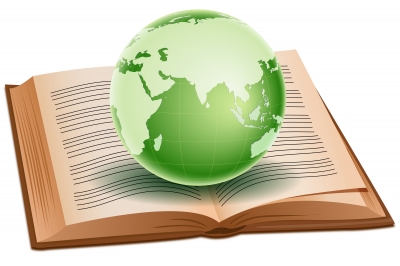 On this page, our own ClimateSnackers review and recommend books that can help others develop their scientific writing and communication abilities. The success of ClimateSnack depends on a good and level of knowledge input. We must base our feedback – both in writing groups and online – on some previous advice, instruction, inspiration. Knowledge input can come from online courses, such as Kristin Sainani’s course that’s available under the resource section. However, there are also old fashioned things called books that can be a treasure trove of useful information and a joy to read!
On this page, our own ClimateSnackers review and recommend books that can help others develop their scientific writing and communication abilities. The success of ClimateSnack depends on a good and level of knowledge input. We must base our feedback – both in writing groups and online – on some previous advice, instruction, inspiration. Knowledge input can come from online courses, such as Kristin Sainani’s course that’s available under the resource section. However, there are also old fashioned things called books that can be a treasure trove of useful information and a joy to read!
Paul J. Silvia, How to write a lot
The book convinced me that writing is not a special talent but just a skill, which everyone can learn and master. To write, you do not need to wait for inspiration to come, but to make a plan, set the goals and complete them one by one. The book teaches that your ‘writing time’ should be respected by yourself and by people around you. In the end the author recommends a list of other good books on writing; and emphasizes that more accurate title of his book would be “How to write more productively during the normal work week with less anxiety and guilt”. I strongly recommend reading this book during times when you have to write but for whatever reason cannot. (By Anna Silyakova)
Angelika H. Hofmann, Scientific writing and communication
This book is my desk book. It is thick, with 682 pages. Before I draft a specific section of my paper, a cover letter, or a grant proposal, I read “how to” in this book. The layout of each chapter is very clear and consists of a guideline, clarification, examples, a check list, summary and problems. As I am not native English speaker, I find that the appendix is very useful. It lists commonly confused and misused words, where the author explains what these words actually mean. In summary, this is very comprehensive and ‘easy to use’ guide to scientific writing. (By Anna Silyakova)
Joshua Schimel, Writing science
I decided to buy this book after I watched APECS webinars on writing, presented by the author. The book offers many advices on how to make a flowing text that’s easy to read and sticks in the readers mind. The book recommends focusing on quality of your papers rather than on “publish or perish” quantity strategy in science. Although each chapter provides examples and exercises, I find it difficult to use this book as a guide. It is more the motivation/inspiration book for me; but also the place where I can find many tricks and tools to enhance the quality of my texts. (By Anna Silyakova)
Hilary Glasman-Deal, Science research writing for non-native speaker of English
It takes many years of experience for non-native speaker of English to see, that the sentence, which is logically written in your native language, will not necessarily have same logic when translated to English word by word. I often use this book to make sure that the meaning of my sentences will be understood correctly. The book shows a variety of examples that each IMRaD section of a paper has a structure. What I especially like is that the book suggests the vocabulary of commonly used words for each IMRaD section. I recommend reading this book when all you have is clean sheet of paper and you have to start somewhere; or when you revise your first or second draft and need to check your structure and choice of words. (By Anna Silyakova)
Have you read any good booking about scientific writing or communication? Would you like to share your thoughts and recommendations with others in the ClimateSnack community? If so, get in touch at info@www.scisnack.com.
[Image at top of page courtesy of digitalart / FreeDigitalPhotos.net]







